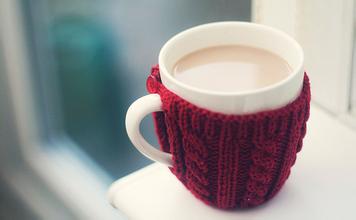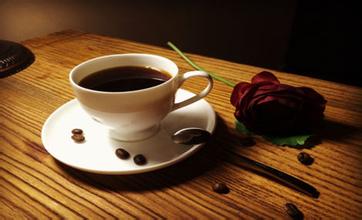Introduction to the quality and taste of Arabica coffee beans with family characteristics and flavor description
Introduction to the quality and taste of Arabica coffee beans with family characteristics and flavor description
Arabica is deeply loved by Chinese people with a short history of coffee contact because of its strong fruity aroma. it was introduced to China by missionaries in the 19th century and widely planted in Panzhihua, Sichuan, and the dry-hot valley of the Jinsha River above 1000 meters in western Yunnan. The sunshine in this area lasts for a long time and there is a great temperature difference between day and night. The local people solve the problem of insufficient seasonal rainfall by diverting water up the mountain, resulting in a unique aroma of "Chinese coffee". Among them, Banpo coffee grown in Arabica in Panzhihua, Sichuan is the most. Compared with Yunnan and Hainan, Panzhihua in the dry-hot valley has longer sunshine, higher altitude, greater temperature difference, good light quality and more virgin land. it is a rare and most suitable area for growing Arabica coffee. Banpo coffee farmers take advantage of this advantage to adopt unique planting and processing technology: first, "do not land on the ground": from collecting coffee beans to processing into finished products, coffee has been kept free from soil and other sundries to ensure its taste and quality; second, "graded collection": since coffee beans are not uniform and mature, coffee beans of the same level are collected centrally rather than mixed together. Such as manual operation, the use of a large number of labor force to collect, classify and process. The coffee here is rich in aroma, sour and bitter, and fruity, very popular with consumers and favored by foreign coffee beverage giants. Bourbon species were introduced to America from Island of Bourbon (today's French island of Reunion Island of Reunion, located in the Indian Ocean east of Madagascar) by French immigrants in the 18th century, and are now widely cultivated in Brazil and other Western Hemisphere producing areas, as well as a small amount in Yunnan, China. The caffeine content of Bobang subspecies is 20% higher than that of Tibica subspecies. Small-grain coffee is still the main coffee variety, accounting for about 3% of the world's total coffee production. It is mainly grown in Latin American countries, but also partly in Indonesia and the Pacific islands. The geographical and climatic conditions of Brazil, the largest coffee producer in the world, are very suitable for the growth of small-grain coffee, and the main coffee varieties planted are also small-grain coffee. Brazil's coffee production accounts for more than 1 / 3 of the world's total output.

Important Notice :
前街咖啡 FrontStreet Coffee has moved to new addredd:
FrontStreet Coffee Address: 315,Donghua East Road,GuangZhou
Tel:020 38364473
- Prev

Espresso practice ratio-how to make coffee machine
Espresso practice ratio-how to make a coffee maker Macchiato is more feminine and looks like a scaled-down version of cappuccino. The biggest difference between them, except that the weight of macchiato is 1/3 of that of cappuccino, macchiato is espresso with only a layer of milk foam instead of milk, so the taste of espresso only stays on the lips.
- Next

What's the difference between latte pull video skills and mocha in taste?
Latte cappuccino as I said, asking for more foam, it's hard to pour it out. You can draw on white foam, but then again, it is not easy to draw, because it is not integrated with milk, as soon as you draw, the foam will explode. Third, sammy lin is in New York. He is an old man of baristacn. I don't know whether he will go there or not, but there should be something about him in the literary alley.
Related
- Beginners will see the "Coffee pull flower" guide!
- What is the difference between ice blog purified milk and ordinary milk coffee?
- Why is the Philippines the largest producer of crops in Liberia?
- For coffee extraction, should the fine powder be retained?
- How does extracted espresso fill pressed powder? How much strength does it take to press the powder?
- How to make jasmine cold extract coffee? Is the jasmine + latte good?
- Will this little toy really make the coffee taste better? How does Lily Drip affect coffee extraction?
- Will the action of slapping the filter cup also affect coffee extraction?
- What's the difference between powder-to-water ratio and powder-to-liquid ratio?
- What is the Ethiopian local species? What does it have to do with Heirloom native species?

